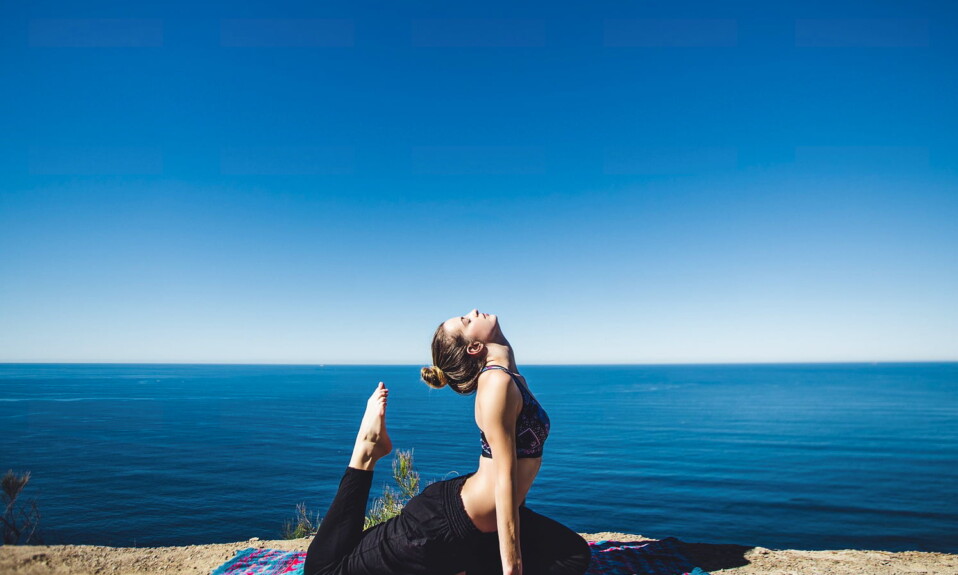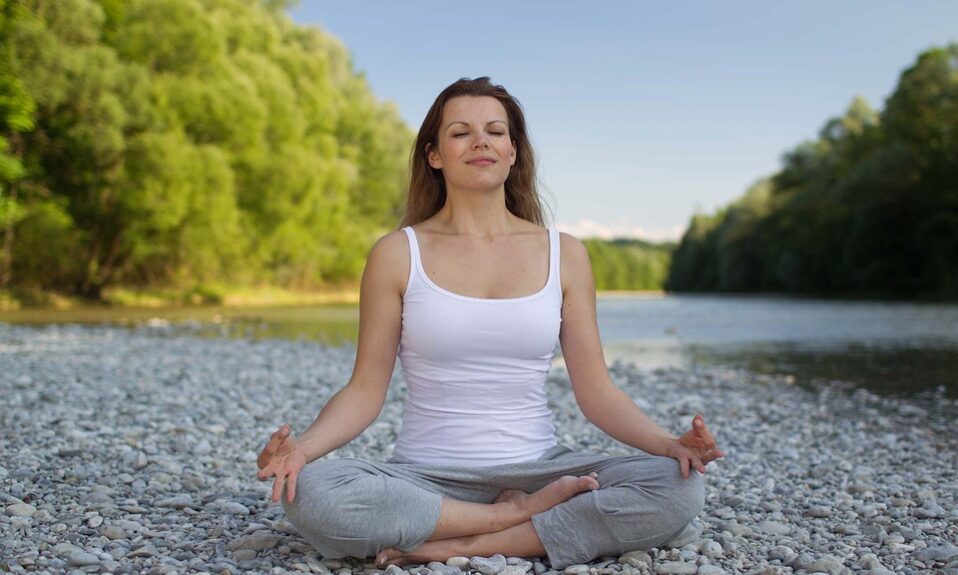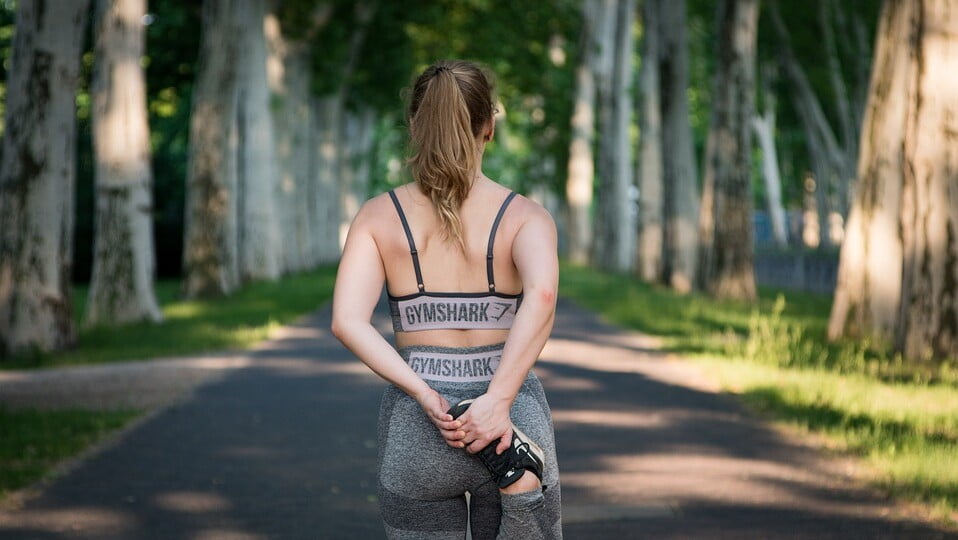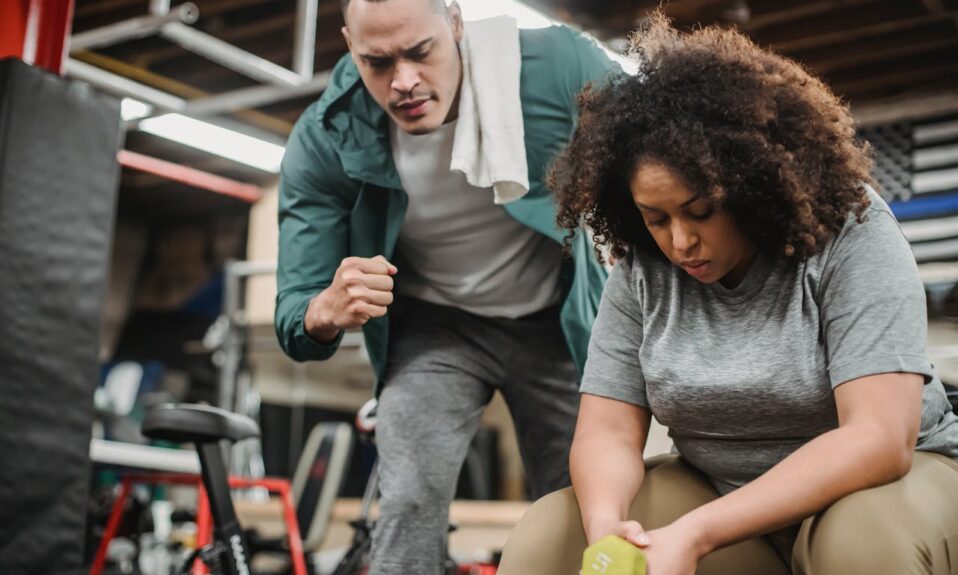Those who are committed to working out hard each day. They give their all during training in order to accomplish the objectives they have set for themselves. But anyone who takes fitness seriously knows that getting enough rest is equally as crucial as working out. Rest days are a vital component of your workout regimen.
What should you do on your leisure day, though? Should you relax on the couch, make some butter popcorn, and watch Netflix nonstop? Many individuals are wondering this, especially those who are just beginning their fitness journey.
Even though it may seem unnecessary exhausting and completely ineffective to exercise on your rest day, it actually has more advantages than simply lying about.
Exercise recovery is a crucial component of physical fitness. Recovery comes in two flavors: passive and active. Both rehabilitation techniques are crucial, and depending on their circumstances, individuals may choose to adopt one over the other at various stages.
After an exercise, a person who engages in low-intensity activity is said to be active recovering. Resting after an activity is known as passive recovery. For instance, one might spend some time lying down.
Depending on the kind of physical activity they engage in, different people may find either active recovery or passive recovery to be more suitable.
For those who engage in high intensity, repetitive, short-duration exercise, the passive recovery mode may be more beneficial. Passive recovery does not lower phosphocreatine levels like active recovery does, which could impact how well these workouts work.
Active recovery, on the other hand, may be more advantageous for people who engage in other types of exercise since it rapidly reduces the level of lactic acid in the muscles, which returns the body’s pH equilibrium.
In this article, we talk about active rehabilitation and outline the safety measures that should be followed to reduce the chance of harm.
Active recuperation is a fantastic idea that entails exercising with much lower intensity than usual. Its main advantage is that it hastens the healing of your muscles so that you may perform better when you resume your regular training. The foundation of active recovery is the idea that improving circulation and blood flow will provide your muscles and organs with the vital nutrients and oxygen they need to heal and regenerate.
Main advantages of active recovery
Lowering the production of lactic acid in the muscles
Enhancing the blood supply to the muscles and eliminating the metabolic waste from the muscles
Minimizing pain and muscle tearing
Would you like to try a few of these exercises? Five of the top active recovery exercises are provided by Evolve Daily today for your upcoming break.
1) Jogging
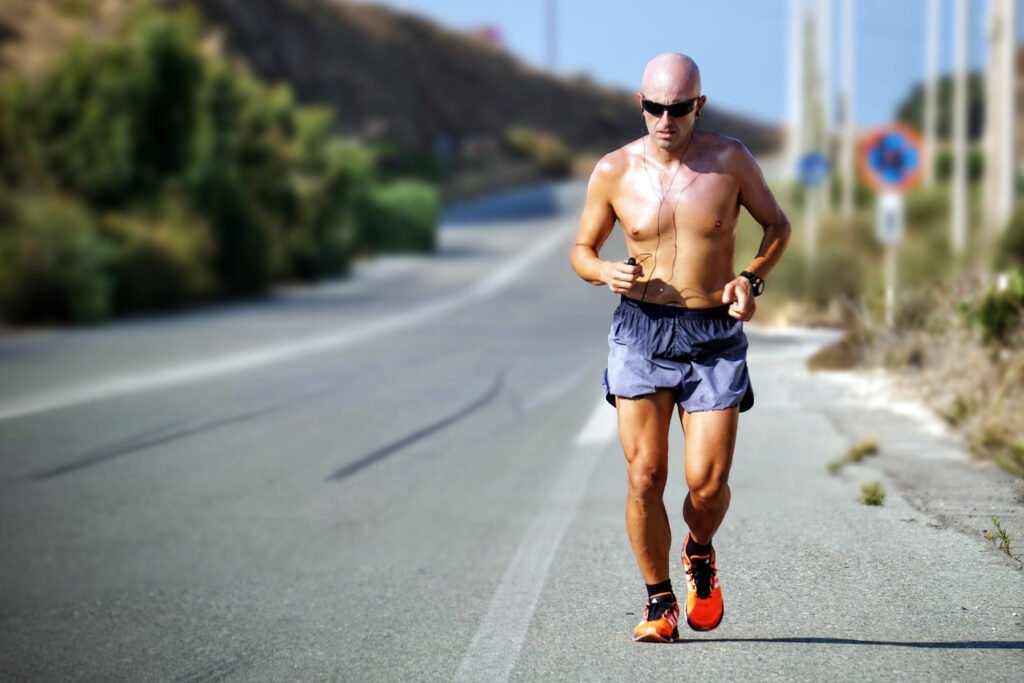
Although jogging is a well-known workout that is on the simpler end of the steady-state cardio range, people have a love-hate relationship with it. Even though it’s straightforward, it works wonders to speed up your heartbeat and get blood pumping through your veins.
You should be able to jog at roughly 50–70% of your maximum capacity. Since it has a low impact, your joints and legs shouldn’t be strained. The only objective is to raise your heart rate and create a small amount of sweat. You should be content for 15 to 30 minutes.
On your rest day, try not to push yourself too hard or too quickly because you could easily knock yourself out of an active recovery state. Although it’s simple to get carried away, keep in mind that the main focus of your efforts is still relaxation.
You’ve probably heard this advice before, but jog vigorously enough so that you can still carry on a conversation. Speaking while moving is difficult if you’re exerting too much energy. Related article : 6 Health Benefits Of Jogging
2) Swimming
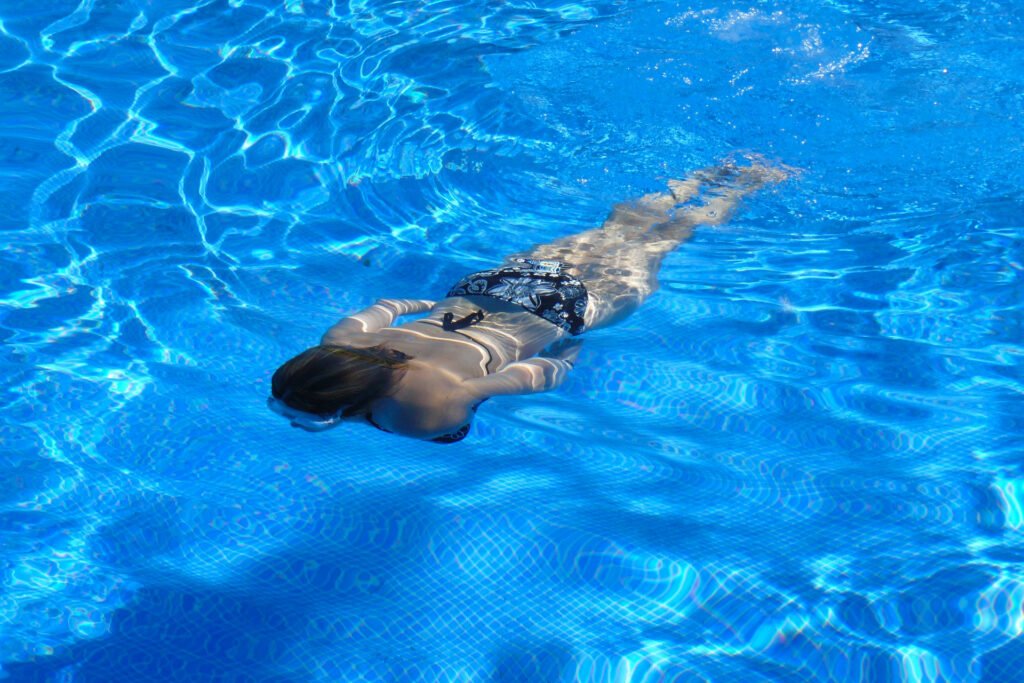
Jogging just isn’t their cup of tea for some people. Fortunately, swimming provides the same advantages as jogging without the heat or perspiration. Additionally, the majority of individuals view swimming as a leisure activity rather than an exercise.
You may move through a controlled range of motion while swimming without the stress and hammering of dry ground training. It eases tightness and stress in the joints while enhancing bodily circulation. Your joints may rest while moving with exactly the perfect amount of resistance provided by the water pressure.
Join friends or family for a great day of swimming by heading over to the pool. Simply try to move your body around in the water as much as you can; you don’t have to swim laps in the Olympic way. The outcomes improve as you move more. One of the best active recovery workouts for your downtime is swimming.
3) Yoga
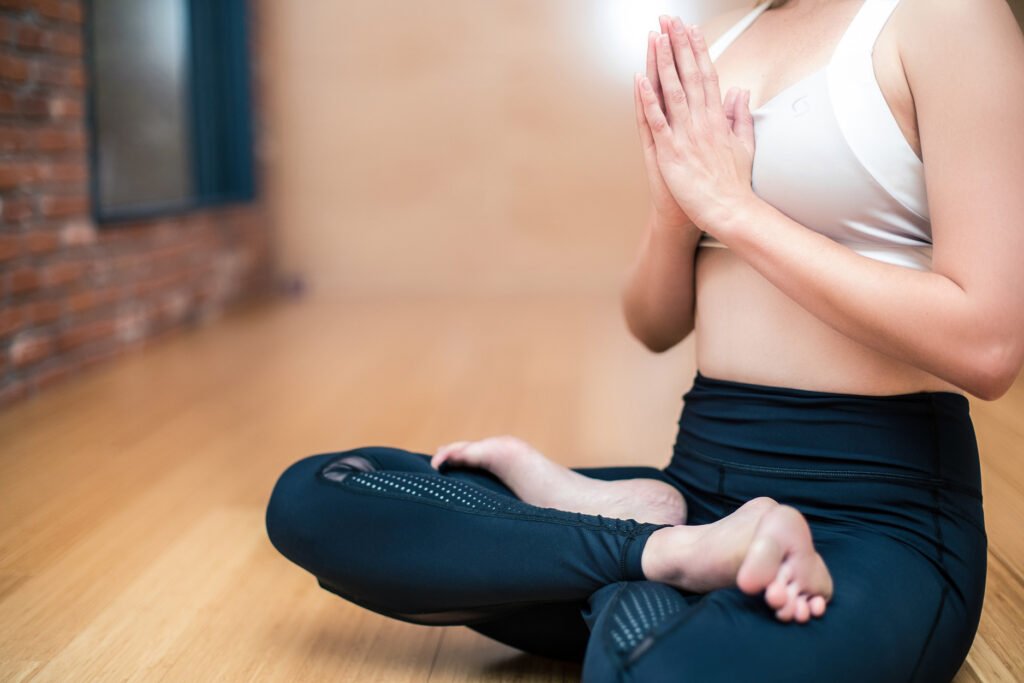
Yoga is a fantastic option because it teaches you how to breathe properly and increases your flexibility and agility, which is especially beneficial if you’re a martial artist or athlete. You will experience a variety of physiological advantages from practicing yoga regularly on your off days, not the least of which are the ability to maintain mental clarity, reduce stress, and relax tense muscles.
Your blood flow will grow as your flexibility does, which will also increase your dexterity. If you practice martial arts, your ability to balance yourself and execute challenging moves will both improve. On the other side, effective breathing practices will support your ability to remain composed under pressure. When under pressure, having a clear head will help you understand the situation and eventually help you make better judgments.
Yoga has been practiced for many years. Yoga alone can help you access many of your body’s potentials.
Related article : Let’s do Yoga exercises for being healthy as well as beauty
4) Dynamic Stretching
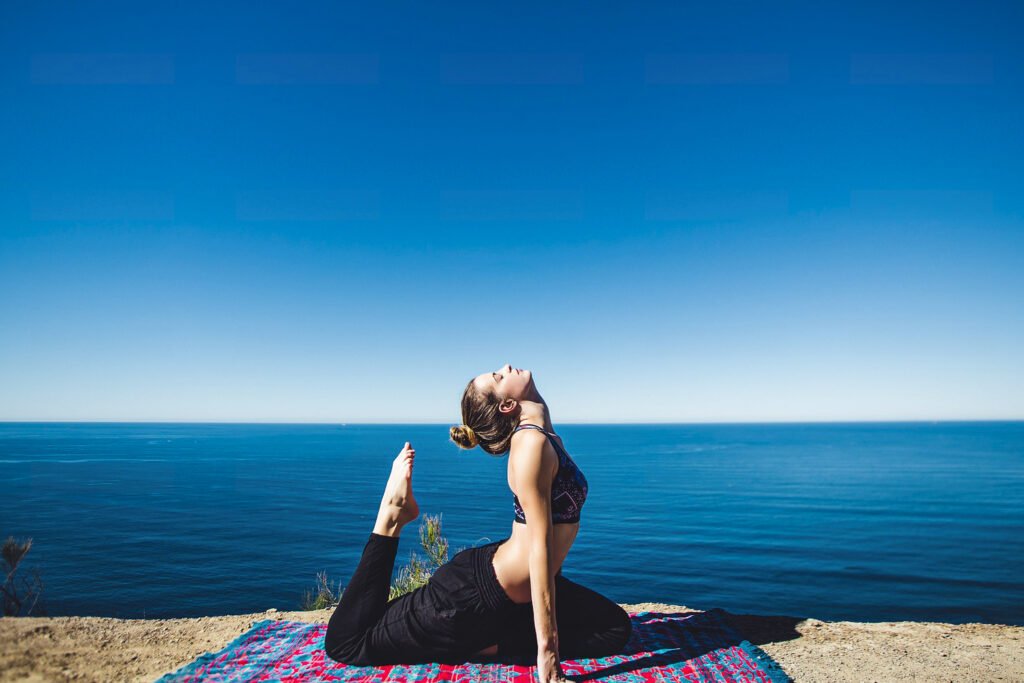
Dynamic stretching is an exercise you may perform in the convenience of your home.
Another excellent method for increasing flexibility and agility is dynamic stretching. It involves a range of motion to get your muscles’ blood flowing and works well as a warm-up exercise when you first wake up in the morning. Additionally, it raises body awareness and balance.
Dynamic stretching is quick and simple, and shouldn’t take you longer than 15-20 minutes on your active recovery rest days. Your tense muscles start to loosen up as you stretch, which is fantastic for maintaining your body’s flexibility. By utilizing the muscle stretch reflex, which is essentially a contraction that snaps the muscle back to its relaxed state in response to stretching, it also retrains the muscles to fully relax.
Practically anywhere—even on vacation—you can put this into practice.
5) Low-Intensity Bodyweight Exercises
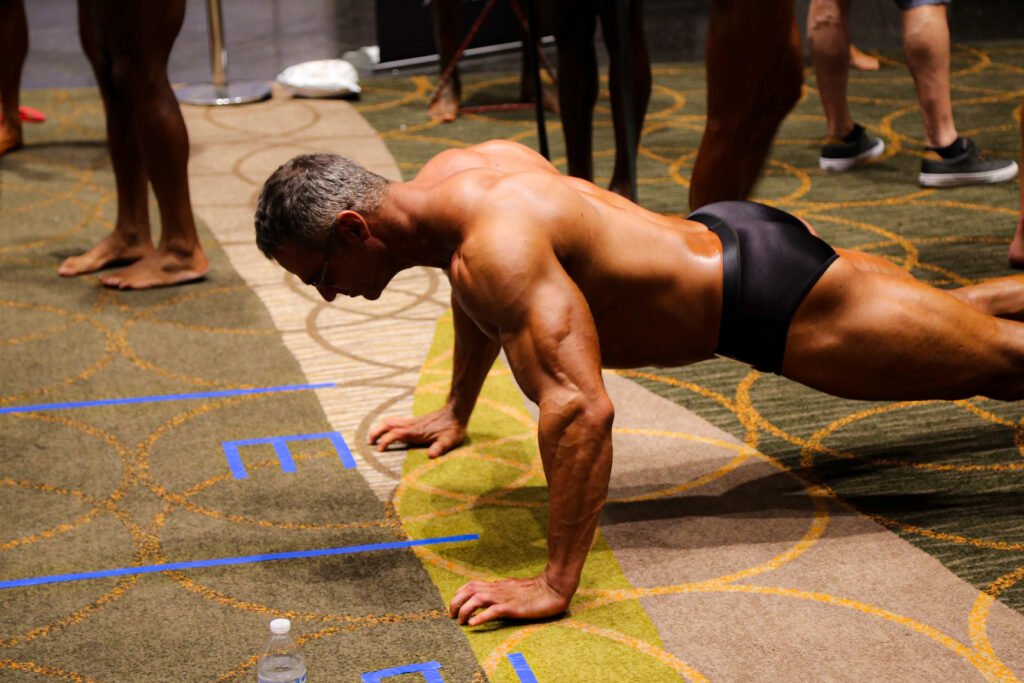
You can always choose those low-intensity bodyweight workouts if you like to step it up. They are ideal for active recuperation because they are simple and easy enough for everyone to perform.
Simple workouts that only enough increase heart rate and get the blood flowing, such as jumping jacks, high knees, and burpees, are ideal. You can incorporate exercises like lunges, wall sits, squats, and even push-ups. There are countless combinations.
Just be careful not to overexert yourself. Keep in mind that today is still your day of relaxation. But only enough to keep your body moving and avoid becoming inactive. These exercises help you maintain your focus and prevent you from slacking off on your rest days.

